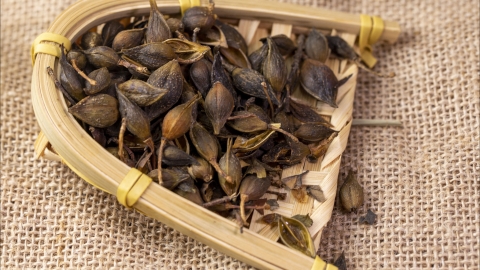What are the differences between Forsythia and Winter jasmine?
Generally speaking, the differences between Forsythia suspensa and F. viridissima are mainly reflected in aspects such as plant taxonomy, leaf morphology, flower characteristics, fruit condition, and medicinal value. A detailed analysis is as follows:

1. Plant Classification: Forsythia suspensa belongs to the Oleaceae family and Forsythia genus, while F. viridissima is another plant species within the same family and genus. Although they belong to the same family and genus, they are different species and have clear distinctions in plant taxonomy.
2. Leaf Morphology: The leaves of Forsythia suspensa are mostly ovate or ovate-lanceolate, with neat serrations along the margin except at the base; some leaves are trifoliate or pinnately compound. In contrast, the leaves of F. viridissima are long elliptic to lanceolate, with entire margins or sparse serrations above the middle portion, showing relatively uniform morphology.
3. Flower Characteristics: Forsythia suspensa typically produces flowers singly or in groups of two or more in the leaf axils. The petals are bright yellow, and the calyx lobes are nearly equal in length to the corolla tube. For F. viridissima, flowers are usually found in clusters of one to three in the leaf axils, also with bright yellow petals, but the calyx lobes are shorter, only about half the length of the corolla tube or even shorter.
4. Fruit Condition: Forsythia suspensa's fruit is narrowly ovate to ovate, with sparse lenticels on the surface, and it dehisces when mature. The fruit of F. viridissima is ovate or broadly ovate, with densely distributed lenticels on the surface, also dehiscing when mature. However, its overall morphology clearly differs from that of Forsythia suspensa's fruit.
5. Medicinal Value: Forsythia suspensa is a commonly used traditional Chinese herb, known for clearing heat, detoxifying the body, reducing swelling, and dispersing nodules, and is used in treating various heat-related conditions. Although F. viridissima is used in folk medicine in some regions, there are few recorded medicinal applications, and its medicinal value is far less than that of Forsythia suspensa, with limited clinical use.
When distinguishing between Forsythia suspensa and F. viridissima, a comprehensive judgment can be made based on morphological features such as leaves, flowers, and fruits to avoid confusion. If used for medicinal purposes, the species must be accurately identified without arbitrary substitution, and professional advice should be sought before use to ensure safety and effectiveness.




